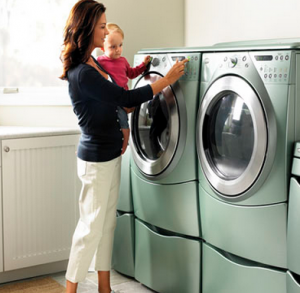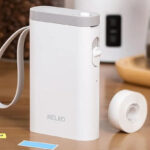
According to recent reports from the U.S. Department of Energy, “lighting, refrigeration and cooling are responsible for about 41.5% of a homes energy consumption”. So if you have old appliances that have not been upgraded in the last 7-10 years, you may find that they are not as energy efficient as those that are made today.
Over the last few years, companies have made strides in not only making appliance more energy efficient but also designed in such a way that they do their jobs much better. Also as we study more ways to save money, we find that even leaving certain appliance plugged in can cause expenses to rise.
Experts say that most plugged in appliances generally only eat up low levels of electricity, just about a watt or two. But some electronics – like computers and TVs – consume a lot more power, even when they’re just in standby mode. And it’s the cumulative effect of having so many devices plugged in around the clock that can really add up – hurting your efforts to be eco-friendly and cost conscious.
So here’s a quick rundown of a dozen household appliances and electronics you should unplug to save both energy and money:
- Desktop computers
- Laptop computers
- Televisions
- DVD players and VCRs
- Modems
- Cable TV boxes
- Cordless phones
- Stereos and radios
- Coffeemakers
- Lamps
- Toasters
- iPods and electronic gadgets sapping energy from a plug-in transformer
During summer, when the temperatures rise homes are consuming much more energy equaling high bills and high energy demands. Most agree cooling our homes and apartments is often the single largest expense on Americans’ energy bills. One way to get more information on how to save money in your specific state is to contact Yet lots of us waste plenty of energy around the house – and it costs of hundreds of dollars per year without us eve knowing it. To shave your energy costs, try these strategies:
- Lower your thermostat just one degree. This simple step can save as much as 10% of your heating bill.
- Take shorter showers. This will cut your water and heating bills.
- Install a low-flow shower head. These are cheap to buy, and the energy and water savings you’ll reap will quickly outmatch what you paid for the shower head. Add in shorter showers and you have a winner.
- Put a faucet aerator on each faucet. These are inexpensive, yet do a great job of conserving heat and water, while simultaneously keeping water pressure high. This is also a great way to get the most out of the life of your faucets
- Switch to compact fluorescent light bulbs. These often last longer and use less wattage than incandescent bulbs. It is an easy way to save money.
- Get a handle on your windows. Experts from Columbia University say installing energy-efficient windows would save the average household $150 annually. But a cheaper, easier option is to insulate your windows during the colder months using transparent film that keeps the heat in and the cold out.
You can also check by state for great deals. Buying new appliances is sometimes one of the best to save the most money. You should look for the best deal as well as energy friendly. If you live in Texas for instance, you could look to http://www.texaselectricityproviders.com/centerpoint-energy-texas/Texas/ for great deals and ways to save. Each state has their own resources so make sure you look for your specific state and ways to save!
































